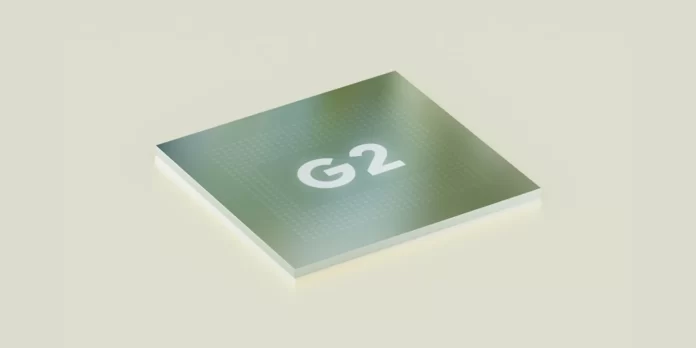One of the early leaks of the Tensor G2 – the new chipset that powers the Pixel 7 series – revealed that the chip would retain the A76, X1, as well as the A55 processor cores (in two-plus-four configuration) in the same way as the first. Developer Kuba Wojciechowski has given more credence to the claim by studying the details of a Geekbench result and other clues.
The same Cortex-X1 core before (note that 3396 decimal is 0.xD44 hexadecimal)
It is believed that the Tensor G2 will reportedly be produced using Samsung’s 4nm process (the first chip was directly from the Samsung 5nm Foundries), which has led to moderate increases in the CPU clock speed. The two Cortex-X1 processors have raised their caps by 50MHz, bringing them to 2.85GHz (though this will likely be achieved using only the one X1 active). The two Cortex-A76 cores have seen a more considerable 100MHz boost to 2.35GHz, according to Geekbench test results.
Yes, the G2 still uses A76 cores even though they were two years older when the original Tensor was launched (they were replaced by the A77 and the A78). This doesn’t even include the brand-new ARMv9 cores, which include replacements for the three cores: A715, X3, and an updated A510. The transition to ARMv9 was too big of a change.
Wojciechowski believes that clock speed boosts could result in around a 10 per cent (or roughly) increase in multi-core performance but barely any improvement for single-core. However, the developer states that this might be good for the phone because Geekbench only evaluates high performance, not lasting performance. In the past, ARM’s designs focused on delivering more performance, but at the expense of a higher temperature and power draw, this has caused phone makers a lot of trouble.
To begin with, the Mali G78 MP20 GPU will reportedly be replaced by that of the Mali-G710, which was seen in the Dimensity 9000, for instance. ARM says their upgraded GPU is 20% faster and 20% more efficient than the G78 for rendering graphics and 35% more effective in processing machine-learning tasks. The exact improvement will be contingent on the core number and frequency, so it’s still to be seen.
Although this Tensor chip is named in honour of its predecessor, the Tensor Processing Unit (TPU), the GPU does most of the work within the Google Camera processing pipeline. The TPU is considered a second-generation part, referred to as Janeiro. The Exynos-based ISP could be undergoing a revamp. In general, the new G2 chip is likely to bring tangible improvements in AI and image processing tasks.
Additionally, the chipset could feature Samsung’s Mobile brand-new S5300 5G modem, which will be built on NR 16. 16. It promises improved efficiency, stability, and performance compared to the older Release 15 components.
There are still a few CPU-intensive tasks, but for the things that Google takes pride in and is concerned about—Pixels are known for their cameras—the new chip will be a significant improvement.
What’s next? It is believed that the Tensor 3 is already in development, and there is a rumour that it will be built using Samsung’s brand new 3nm Gate-All Around process.
In the end, it seems that it’s the sole component in the Tensor G2 that has remained unchanged.
